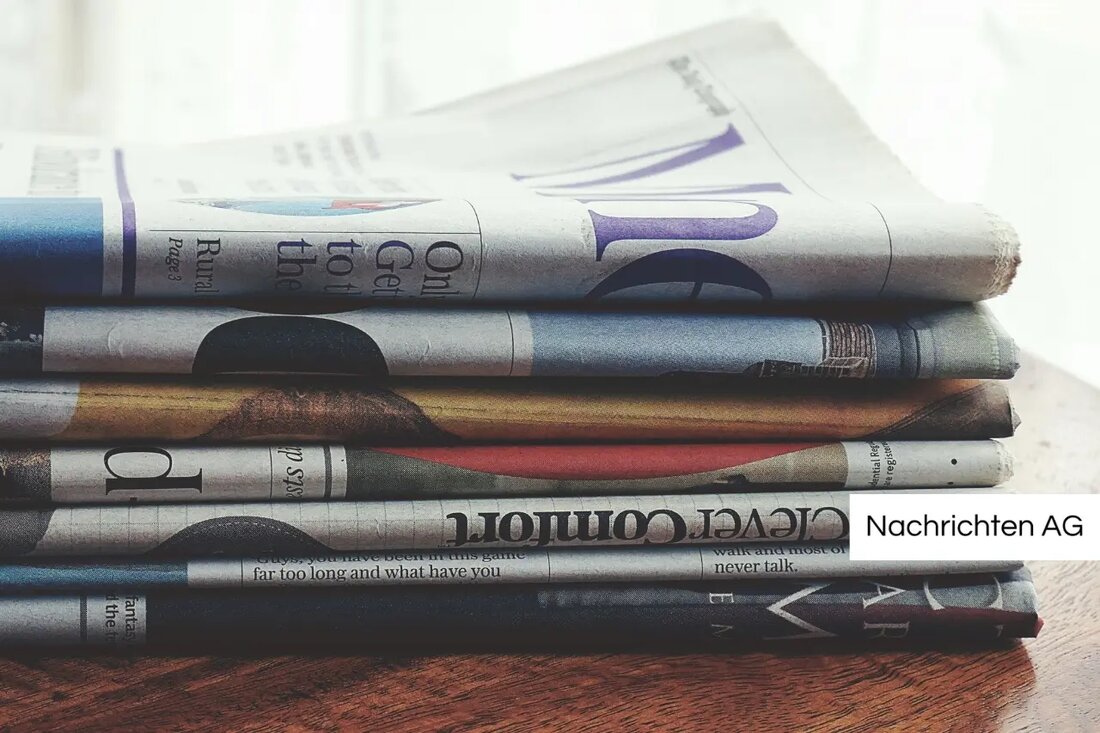Cologne in upheaval: Large projects shape the city of the future!
Cologne in upheaval: Large projects shape the city of the future!
Cologne faces a comprehensive urban planning transformation, which until the 2030s includes numerous major projects. These developments are part of an ambitious plan that aims to increase the population by 70,000 by 2040 and at the same time create sufficient living space and new jobs. The Deutzer Hafen, Kreuzfeld, Parkstadt South and other projects should change the city landscape sustainably and also take ecological aspects into account. Among other things, the city plans to redesign existing industrial areas into residential and work quarters.
The conversion of the Deutzer Hafens is one of the central projects. This former industrial area will be redesigned into a modern quarter for around 6,900 residents and 6,000 jobs until the mid-2030s. In addition to 18 high -rise buildings over 40 meters high, the planning of seven daycare centers, a primary school and several retail areas are planned. The total costs for this project amount to around 354.4 million euros, with a loss between 64.9 and 113.4 million euros calculated. The first construction work will begin from 2026.
Kreuzfeld and Parkstadt Süd
The Parkstadt Süd , one of the largest inner-city urban development projects in Germany, will include an area of 115 hectares for 10,000 people and 4,000 jobs. The completion is planned for around 2036. The construction of a high -rise has already started, and the development is divided into five parts. There are currently challenges because the wholesale market moves to Marsdorf by the end of 2025 and the owners are affected.
cultural and health institutions
The Cologne cultural scene also benefits from extensive investments. The renovation of the stages, including opera, drama and children's opera, will probably be completed at the end of the year. This lengthy project, the original construction period of which was planned to three years, has expanded to 13.5 years, while the total costs of 540.9 million euros have increased to EUR 1.465 billion.
In the health area, a new Health Campus Merheim is developed, which puts the clinics together on Holweider Amsterdamer Strasse and Merheim. The plan provides modernizations and the construction of a new children's clinic, while the NRW Ministry of Health has already promised 250 million euros in funding.
public transport links and other projects
In addition, the renovation of the north-south city railway continues, with the aim of restoring the light rail operations by 2032. Work is currently taking place on the Waidmarkt, where the 2009 city archive collapsed. The Leverkusener Rheinbrücke , the second part of the bridge is to be inaugurated in spring 2028, and the total costs should exceed the billion -in -cheek limit.
The large number of projects reflect the comprehensive challenges with which urban politics is faced. Numerous civil society initiatives, such as the wise-Cologne live and shape, or the change of change initiative, have formed in order to actively participate in the development of the new quarters. These groups stand for a new interaction between local politics and civil society, which could decisively improve the design of Cologne in the 21st century.
| Details | |
|---|---|
| Quellen | |


Kommentare (0)